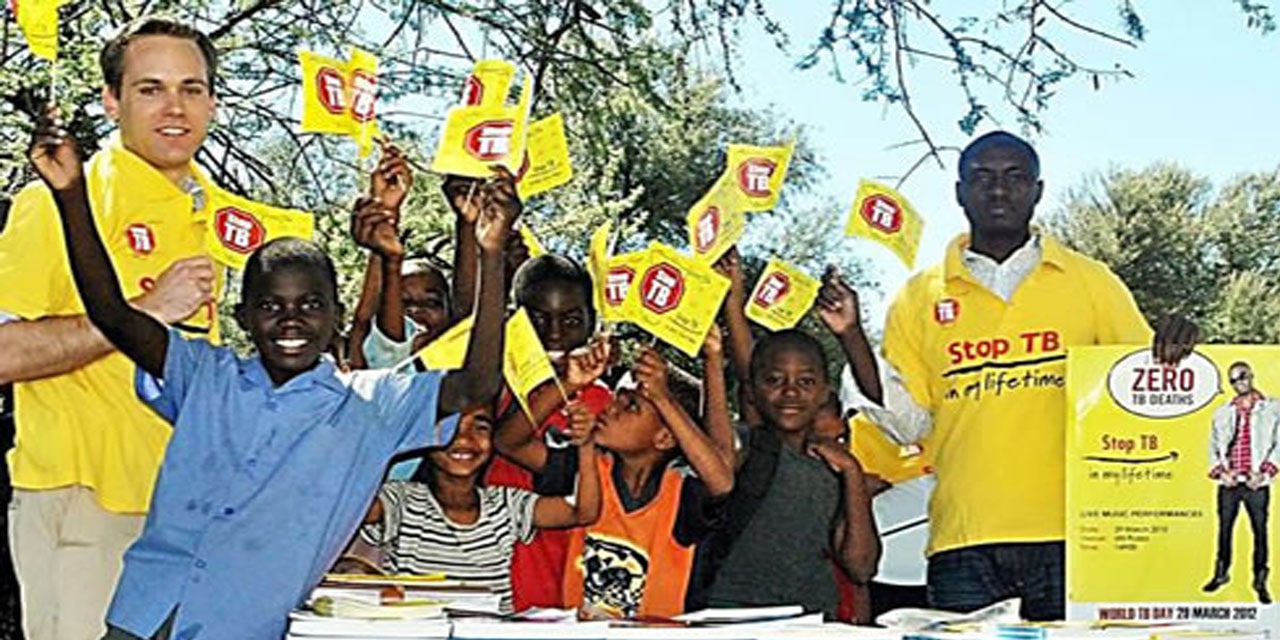Tujoromajo Kasuto
THE country has reported a steady decrease in the number of TB cases in 2020 when the total number of tuberculosis (TB) cases reported was 6,537.
This was a significant reduction of 15.3% from the 7718 TB cases notified in 2019. This is revealed in an Epidemiology of TB in Namibia, issued by Executive Director (ED) of the Ministry of Health and Social Services (MOHSS), Ben Nangombe. The case notification rate (CNR) in 2020, based on the burden of all forms of active TB, also decreased to 263 cases per 100,000 populations, from 314 per 100,000 in 2019.
He also further revealed that Namibia has the 8th highest incidence rate of TB in the world, with an estimated 36 percent of TB cases going untreated (missing TB patients) in 2019.
The country in 2019 had notified 7718 cases from the estimated 12 000 cases by the World Health Organization (WHO). WHO also ranked Namibia amongst the top 30 countries globally with the highest estimated TB incidence rate, and highest TB incidence amongst People Living with HIV (PLHIV). The MoHSS established a National TB and Leprosy Programme (NTLP) in 1991 under the Primary Health Care (PHC) Directorate and moved it under the Directorate of Special Programmes (DSP) upon the latter’s formation in 2004. The NTLP is responsible for the overall coordination, implementation, monitoring and evaluation of TB and leprosy treatment care and prevention.
The country’s vision is a Namibia free of TB and leprosy and its mission is to ensure universal access to tuberculosis and leprosy treatment and prevention as per international standards, while addressing the determinants and consequences of the diseases in line with national development instruments and the Sustainable Development Goals (SDGs).
As such, the overall goal is to reduce the national burden of TB to less than 50 cases/100 000, and reduce the burden of Leprosy to 1 Leprosy patient/1 000 000 by 2035.
To achieve this, MOHSS has planned to test 100 percent of presumptive TB patients with rapid molecular tests, and achieve universal drug susceptibility testing by 2019, and to increase treatment success rate for drug-susceptible from 83 percent (2015 cohort) to 90 percent, and for drug-resistant from 60 percent (2014 cohort) to 77 percent, by 2021.
While local policies and guidelines provide for universal use of rapid molecular tests, and universal DST for TB, Nangombe says this has been difficult to achieve in the current environment due to interruptions in the diagnostic capability of the laboratory service provider, Namibia Institute of Pathology (NIP).
Furthermore, the treatment success rates for drug-susceptible TB and drug resistant TB are 86 percent (2019 cohort), and 68 percent (2018 cohort). Khomas, Erongo and Ohangwena regions notified the highest number of TB cases as in previous years, contributing 17 percent, eleven percent and nine percent respectively to the 6,537 TB cases notified countrywide. Otjozondjupa and Omaheke regions both contributed seven percent.
The number of patients with drug resistant (DR) TB reported in 2020 was 218, which is a substantial decrease from 298 reported in 2019. Of all the DR-TB cases, 213 had rifampicin resistance, antibacterial prescription medicine approved for the treatment of tuberculosis (TB).




